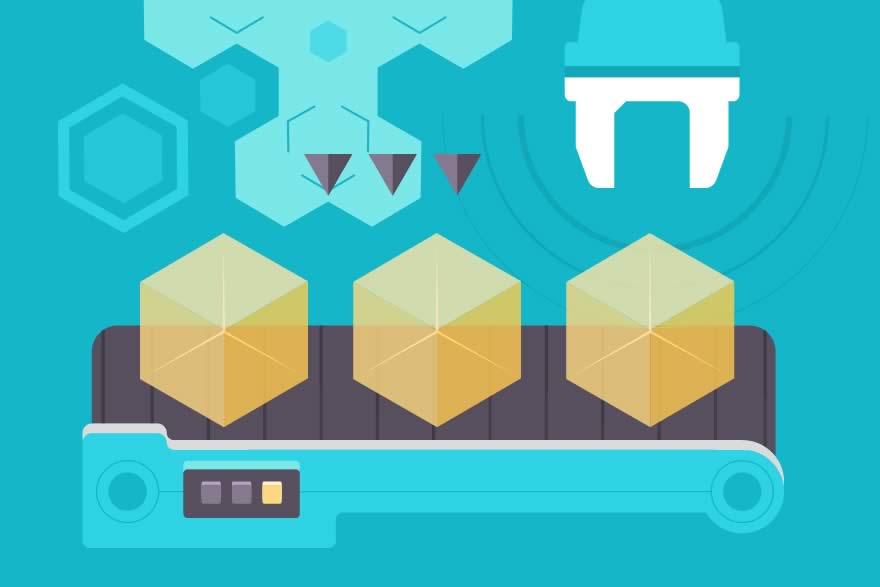A common way for many Amazon merchants to fulfil their orders is to take advantage of Fulfilment by Amazon (FBA), as they take care of just about every step so you can focus on growing your business. To simplify matters a bit, all you have to do is concentrate on having stand out listings and winning the trust of your buyers, while Amazon quietly works behind the scenes on the rest. But have you ever wondered just what goes on once you send the products on their way to the closest fulfilment centre? RepricerExpress does, and we’ve taken a virtual tour of this aspect of Amazon, bringing you the whole picture.
Dozens and Dozens of Fulfilment Centres Around the World
In the US, Amazon just started offering tours of six of their fulfilment centres in the following locations, taking place on first and third Tuesdays of each month at 10:00am and 2:00pm local time:
- Chattanooga, Tennessee
- Chester, Virginia
- Jeffersonville, Indiana
- Middletown, Delaware
- Phoenix, Arizona
- San Bernardino, California
As of yet, they don’t have any other tours available, but it’s still a new venture and popularity will dictate if it spreads elsewhere. Each tour is 60 minutes long and you only have to be over the age of 6 to join one.
What to Expect
Amazon CEO Jeff Bezos wants you to know that, first and foremost, all of his warehouse centres have safety as their primary focus. The company’s tour page cites the following statistics:
- Each fulfilment centre has a recordable incident rate that’s 51% lower than general warehousing
- The same recordable incident rate is 48% lower than an automotive manufacturer’s warehouse.
- When compared to manufacturing warehouses in general, Amazon’s fulfilment centres have a rate that’s lower by 37%.
- A department store will have more recordable incidences, with Amazon boasting of a 33% lower rate.
Plus, Amazon warehouse employees make 30% more than the average retail employee, making the online superstore both safer and more profitable for its employees.
All stats taken from BGR.
When you first walk in, the first thing that will strike you is the sheer vastness of the fulfilment centre. It’s a little difficult to put into words just how gigantic each one is, as a bird’s eye view will reveal something that looks like a humongous, glass-and-neutral-coloured greenhouse filled with rows and rows and rows of shelving units. To get a better sense of what we mean, check out Fast Company’s photos and article.
One website even describes an Amazon fulfilment centre in Phoenix, Arizona as looking like “a real life version of the Chutes and Ladders game”, with metal slides linked together to easily move products around. When you take a closer look at ground level, you’ll see plenty of skids packed high with boxes, each one categorised according to which Amazon department it belongs to. Getting even closer, moving to each individual aisle, you’ll see scattered objects of every different kind of the shelves, separated by metal bookend-type dividers.
Of all the fulfilment centres Amazon has, you’ll be sending your inventory to the one closest to you where it will go on one of the thousands of metal shelves. When you notify them a buyer has purchased one of your products, they’ll send one of their employees to the shelf where it’s at so they can package it according to standard and send it on its way. You don’t have to worry too much about it getting lost — accidents do happen, as it’s only natural with humans — but one of the safeguards Amazon has taken is to have coloured bins at the end of each shelving row where mistakenly dropped items are placed for correct reassignment.
And if you’re sending out products for the holiday season? Amazon hires tens of thousands of extra seasonal workers just for this rush, with a dedicated faction that gift-wraps your items in holiday paper.
Each item goes on a little table that weighs the product so it’s as accurate as possible, with employees constantly using computers to ensure everything goes according to schedule and regulation. And last but not least, each packaged item goes down a conveyor belt where they’ll be dropped off at the appropriate loading dock so drivers can deliver them to their destinations. Jason Del Ray at All Things D offers further photos of this process in action.
Of course getting your products dispatched neatly via FBA requires selling them first—and whilst using FBA will certainly help your sales as Amazon favours FBA merchants, getting your inventory priced competitively, 24/7 is even more important. Luckily, RepricerExpress comes with a 15-day free trial, giving you the chance to start competing at a higher level right away.





